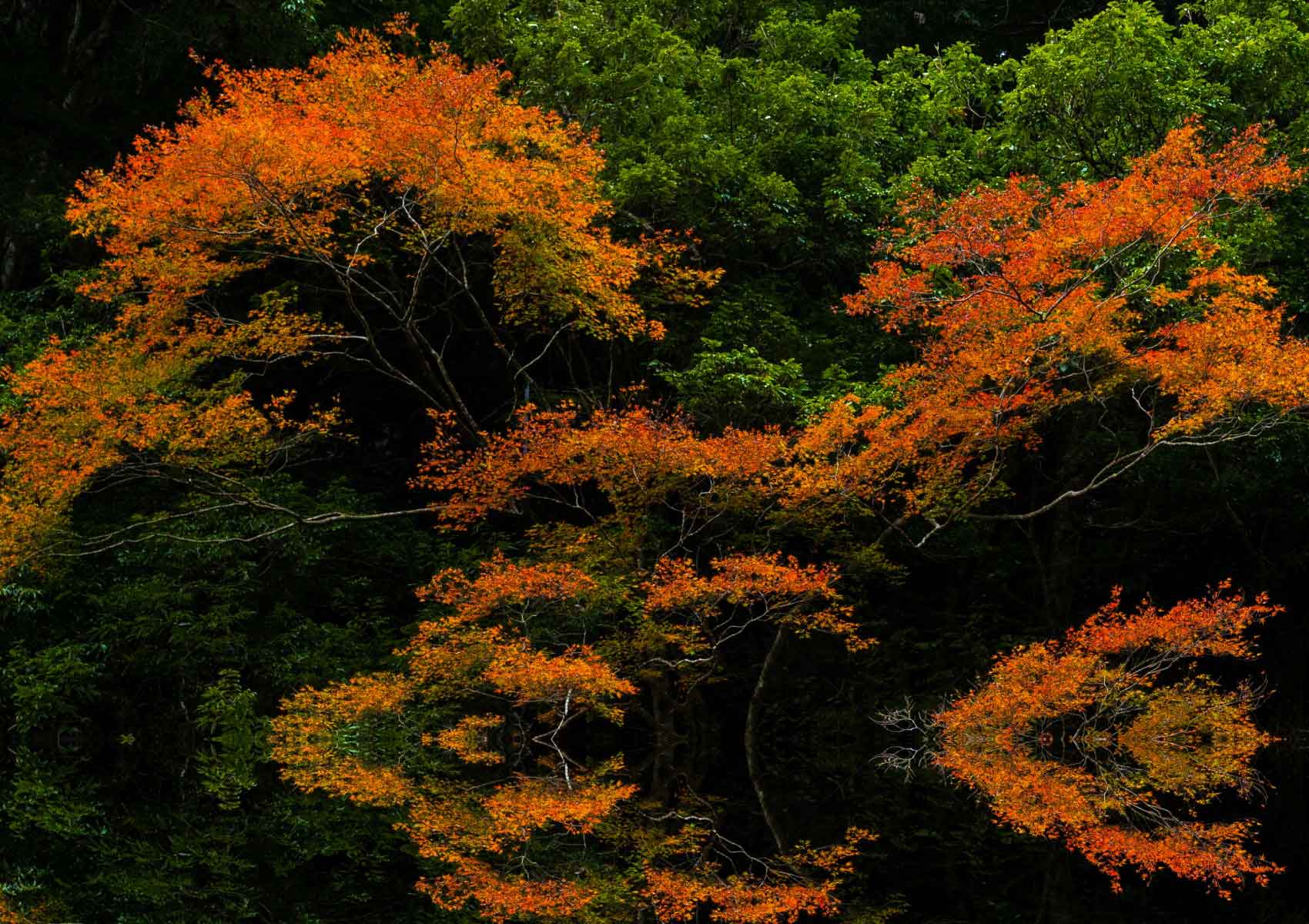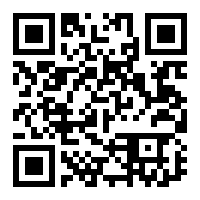TREE PRUNING SERVICE
Tree Pruning Service
County Tree provides ANSI standard professional tree pruning, tree trimming, and tree cutting needs in Chicago, IL
County Tree Service provides tree pruning & tree trimming services. Pruning your trees on a regular basis keeps them healthy and beautiful. There are many different tree trimming methods for different species of trees, and for how you want your trees to grow.
Do you need more light to fall on your lawn so that your grass can grow? If so, your trees may need to be elevated and thinned.
Are large tree limbs growing over your house? We can prune the trees back or remove them so that they do not interfere with your house or structure.
Do your trees need general clean-up? We can prune out dead, hazardous and crossing tree limbs to keep your trees growing strong and healthy.
Our estimators will be happy to walk your property and discuss short and long term tree pruning and tree trimming programs.
Tree Pruning classifications
Crown Cleaning
Crown cleaning a trees canopy consists of pruning dead & diseased limbs, excess branches, and crossing or rubbing limbs out of the crown of a tree. Each tree may require more or less work depending on many factors such as proximity of tree to resources, tree location, and tree species. An arborist can assess a tree to determine the branches that should be trimmed.
Prune Deadwood & Diseased Limbs
One of the most common and natural techniques of tree pruning, is pruning the deadwood out of a trees canopy. Pruning out the dead and diseased limbs from a tree is good for the health of the tree. Diseased limbs are cut so they cannot further affect the trees live branch structure, and deadwood is removed for safety reasons mostly.
Crown Thinning
Thinning out the interior crossing or rubbing limbs, and sucker growth is a common and acceptable practice. Thinning can help reduce wind resistance in a tree, thus reducing the chances of a wind storm blowing over a tree. It can also increase sunlight for your grass to grow. Tree Trimmers must be careful not to cut too much and form what is called a Lion Tail, where a limb has no foliage except on the very ends.
Crown Raising
Crown raising involves the removal of the lower branches of the tree to lift the height of the crown. This can be better than crown reduction at times as it opens up the lower area to allow more light through. Also ii is done in order to provide clearance for buildings, vehicles, pedestrians, mowing, and provide a better view.
Clearing Limbs Away from a Structure
Are the squirrels keeping you up at night, or are the branches rubbing against your house? Clearing tree limbs away from your house or structure is a very common task. The branches should be cut properly, back to the nearest lateral limb just outside the branch collar. Generally, clearing limbs away from a structure is completed by certain footage effective to clear the structure but at the same time not harming the tree and keeping its structural integrity.
Crown Reduce
Crown Reducing is a method of reducing a trees height and width by a certain percentage or footage. Topping is not a recommended pruning method, unless there is a safety factor such as a large dead or dying tree. Crown Reduction is usually performed on a tree that is prevalent to storm damage, leaning toward a structure, or a tree that has outgrown the area it was planted in. Drop Crotch pruning is an acceptable method that results in a crown reduction by cutting the longest ‘terminal’ branch on a limb, and leaving the shorter ones on that same branch.
Vista Pruning
Selective pruning limbs on a tree to provide better visibility of a local scenary. This could be to achieve a more favorable view of the mountains, or for instance better visibility of traffic when entering or exiting your driveway. There are many situations for vista pruning. Only select limbs should be taken and its best to consult a professional to determine if any cuts will harm the tree.
Shaping
Shaping a tree is a method performed usually by pole clips or shears and involves trimming the entire canopy all the way around the circumference to form a nice round shape. This is often completed on smaller sized trees and shrubs. Keep in mind, when shaping a tree to gain a certain look for your landscape, it will require you to prune the tree more often, usually every couple years if not more.
Natures Cut
A Nature’s cut involves taking the top or canopy out of the tree for safety concerns. Generally a large dead or dying tree that is not in close proximity to a structure or in a highly occupied area are candidates for a Natures cut. A 20-25’ spar is left standing for living things in nature to use. The spar that is left standing should be left at a height that is less than the total distance to a structure or occupied area to maintain safety in case it falls. Generally, a tree that is a candidate for a natures cut is usually in a woods line or out of the way.
Contact us to schedule an estimate for tree pruning in Chicago Illinois


 Quality Work, Quick Response Reasonable Rates
Quality Work, Quick Response Reasonable Rates



